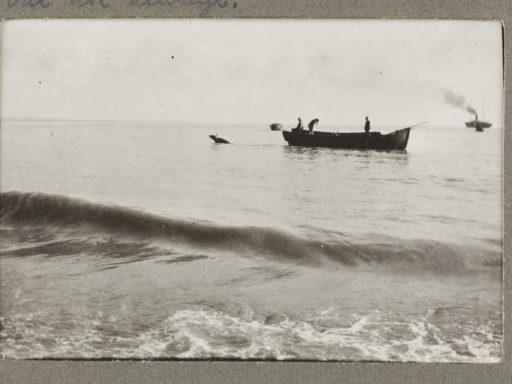
The Science Museum Group is celebrating National Poetry Day for a second year (6 October 2022).

The Science Museum Group is celebrating National Poetry Day for a second year (6 October 2022).
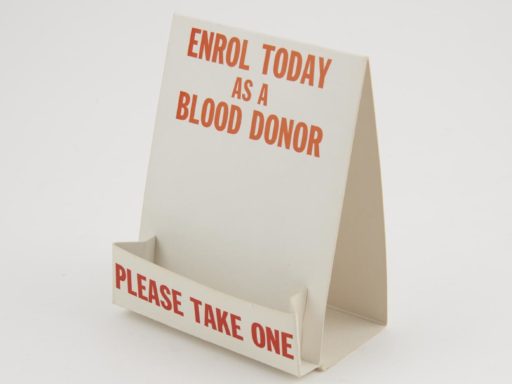
Assistant Curator Katie McNab looks into “golden blood” and a Bristol clinic brokering rare blood deals.
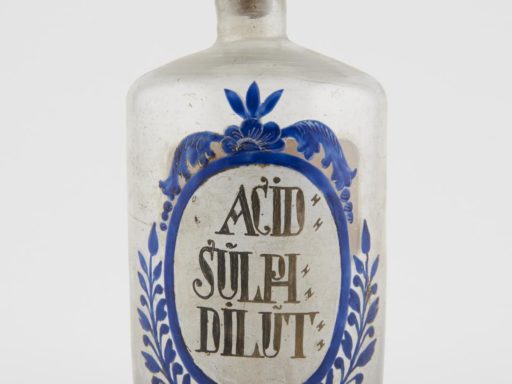
The modern-day cosmetic market is vast, with many people following beauty regimes to some degree every single day. This is nothing new, with evidence of embellished looks seen in Egyptian drawings and referenced in the works of Roman philosophers. But throughout history, the search for beauty has come with risks – as far back as in Ancient Egypt the iconic heavy lined eye look was achieved with kohl, a black powder made from galena, a mineral form of lead sulfide.
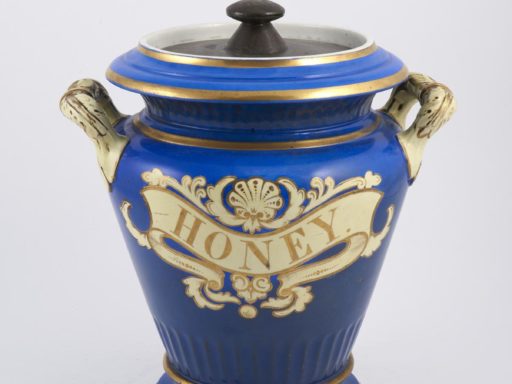
Spring has sprung, summer is heating up; insects and creepy crawlies are starting to buzz, wriggle, and flutter once again. Often these animals are treated as pests, yet bugs and insects play a very important role in our ecosystem. But more than that, many of these insects also have a long and important historical role in medical treatment and healthcare – a tradition that is continued in modern medicine. Here we explore some examples of these helpful bugs – all of which continue to be used by the NHS today!
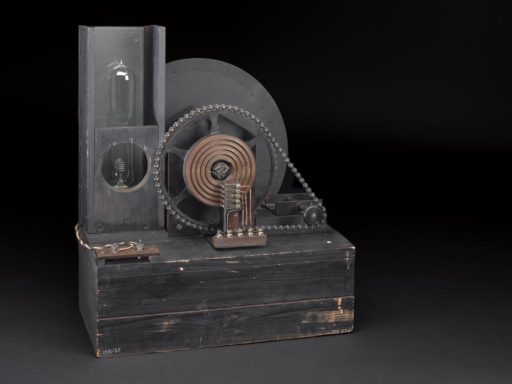
This month a major Science Museum Group collection milestone has been reached: more than 150,000 objects now have an image attached in our online collection. Up from 5% in 2018, over a third of all objects in the collection are now visible online in a dramatic increase in accessibility.
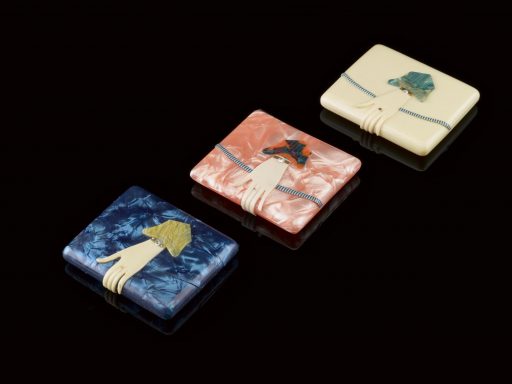
In 1977, the Science Museum Group acquired a large collection of decorative plastics from the London art dealer John Jesse. In this blog, Assistant Curator Laura Büllesbach explores the extraordinary story of his life and a colourful selection of objects ranging from lamps to ocean liner brooches.
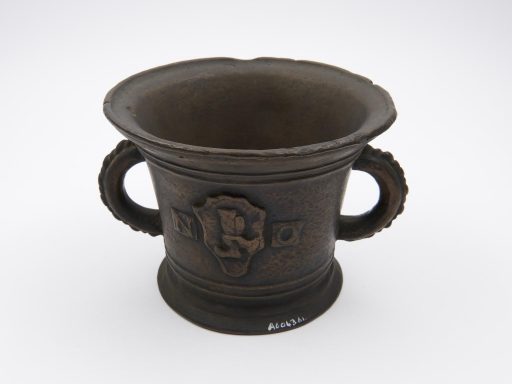
For a second year, we are inviting poets to share work inspired by our collection for our Poetry Project.
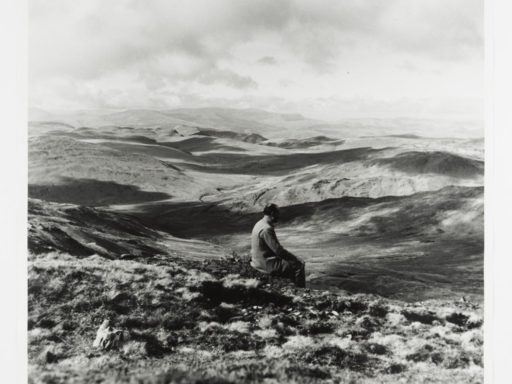
Assistant Curator Katie McNab explores the many selfies in the Science Museum Group Collection which predate the very term ‘selfie’, and how the act of taking a ‘selfie’ is an important part of self-expression and is ultimately a social activity.
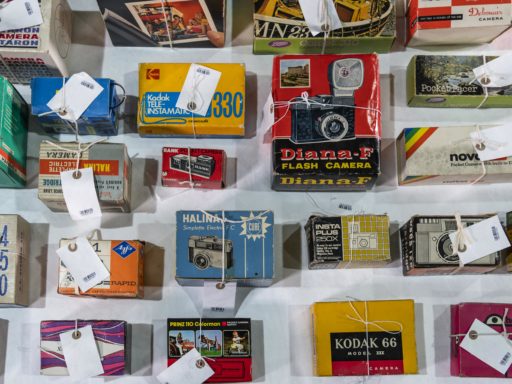
Go behind the scenes with the Collection Review team as they study a group of cameras in the collection.
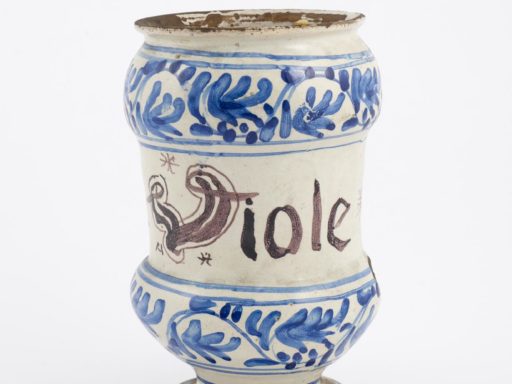
Inspired by LGBTQ+ history month, Assistant Curators Laura Büllesbach and Rebecca Mellor explore four objects in our collection which can help tell stories of LGBTQ+ communities, experiences and identities.
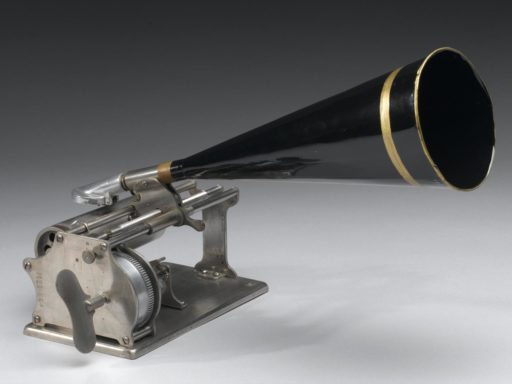
Assistant Curator Kerry Grist charts how it became possible to record sound, how we can listen to music performed a century ago and picks some of her favourite recordings that have been preserved in the Science Museum Group Collection.
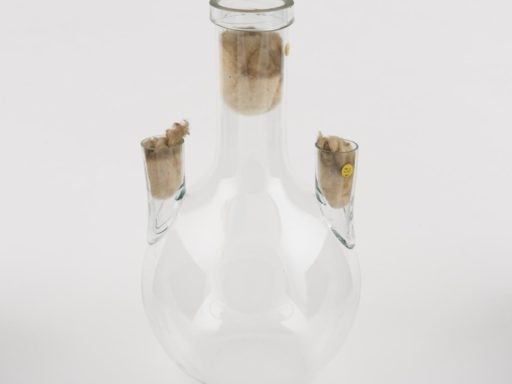
As we mark the UN International Year of Glass, discover more about a volunteer-led project to catalogue thousands of pieces of glassware in our collection.